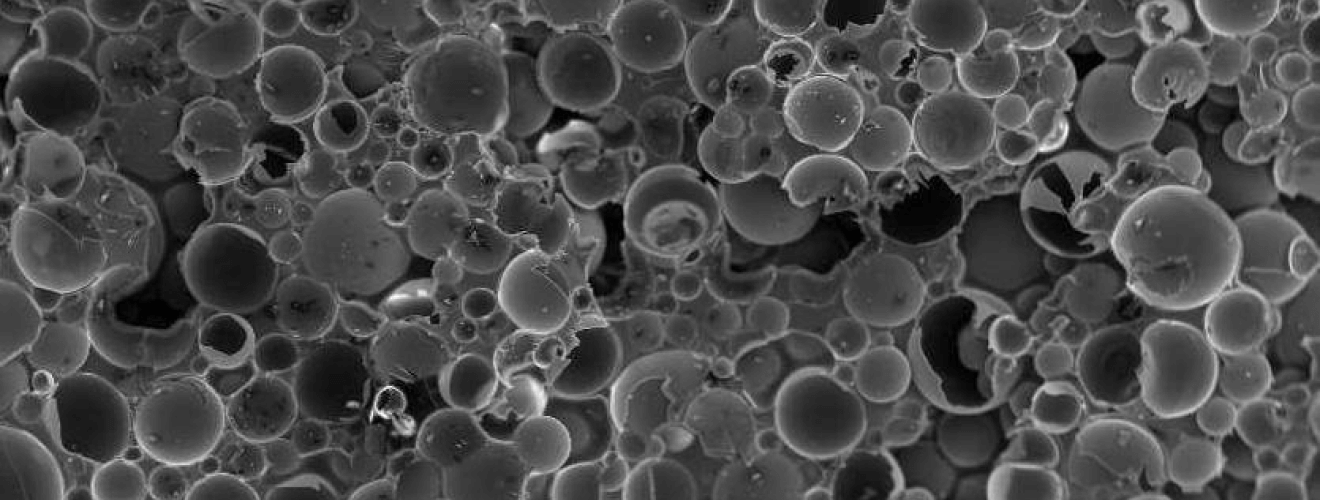Paintings and Coatings
Cenospheres in paint and industrial coatings are commonly used due to the additional qualities they provide. Cenosphere is often used in coatings to control infrared radiation, giving those coatings an advantage over ones that merely attempt to limit thermal conductivity.




